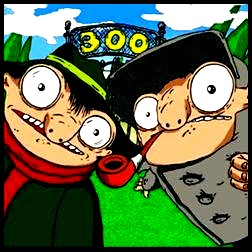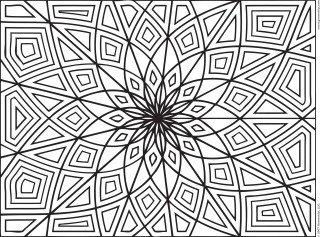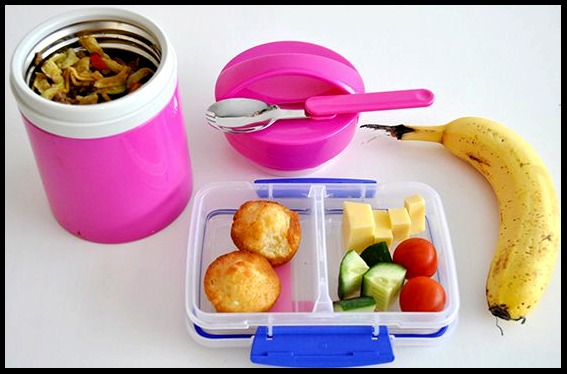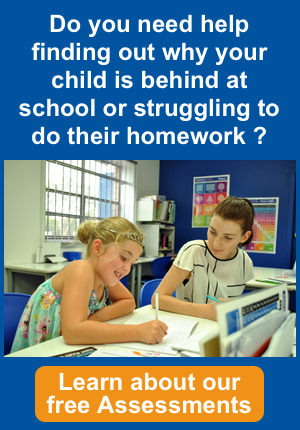
 In our March Newsletter there was an article on Anxiety. In the next two Newsletters I am going to share with you 8 things parents with an anxious child could try. While there is no one-size-fits-all solution for anxiety, there are a lot of great research-based techniques that can help manage it. Here are the first four:
In our March Newsletter there was an article on Anxiety. In the next two Newsletters I am going to share with you 8 things parents with an anxious child could try. While there is no one-size-fits-all solution for anxiety, there are a lot of great research-based techniques that can help manage it. Here are the first four:
1.Stop Reassuring Your Child
Your anxious child desperately wants to listen to you, but the brain won’t let it happen. During period of anxiety, there is a rapid dump of chemicals and mental transitions executed in your body of survival. One by-product is that the prefrontal cortex, or more logical part of the brain, gets put on hold while the more automated emotional brain takes over. In other words, it is really hard for your child to think clearly.
2.Highlight Why Worrying is Good
Teach your child that worry is perfectly normal, it can help protect us, and everyone experiences it from time to time.
3.Bring Your Child’s Worry to Life
Create a worry character for your child: e.g. Wally the Worrier. Wally personifies anxiety. Wally lives in the old brain that is responsible for protecting us when we’re in danger. Of course, sometimes Wally gets a little out of control and when that happens, we have to talk some sense into Wally. Personifying worry or creating a character, has multiple benefits. It can help demystify this scary physical response children experience when they worry. It can reactivate the logical brain, and it’s a tool your children can use on their own at any time.
4.Allow Them to Worry
Create a daily ritual called “Worry Time” that lasts 10 to 15 minutes. During the ritual encourage your children to release all their worries in writing. You can make the activity fun by decorating a worry box. During worry time there are no rules on what constitutes a valid worry- anything goes. When the time is up, close the box and say good-bye to the worries for the day.
I will share with you the other four techniques next month. If you would like more information in the meantime, these websites may be helpful:
• Youth Beyondblue– phone 1300 224 636 (24 hour information regarding depression and anxiety)
• MindShift– an app for iPhones and iPads to assist young people manage their anxiety.
Teachers Tips

Monthly Joke
 Sherlock Holmes and Dr. Watson went camping. They pitched their tent under the stars and went to sleep.
Sherlock Holmes and Dr. Watson went camping. They pitched their tent under the stars and went to sleep.
Sometime in the middle of the night Holmes woke Watson up and said: “Watson, look up and tell me what you see.”
Watson replied: “I see millions and millions of stars.”
Holmes said: “And what to do you deduce from that?”
Watson replied: “Well, if there are millions of stars, and if even a few of those have planets, it’s quite likely there are some planets like Earth out there. And if there are a few planets like Earth out there, there might also be life.”
And Holmes said: “Watson, you idiot, it means that somebody stole our tent.”
The Planets: A Quick Tour of Our Solar System

• Mercury– The planet closest to the sun can reach temperatures of 427 degrees Celsius, but also a chilly low of -173 degrees at night.
• Venus– Farther from the sun, but hotter than Mercury, Venus’s surface has an average temperature of 468 degrees; hot enough to melt lead.
• Earth– Our rotation is slowing, but don’t panic. The decrease is only about 17 milliseconds per 100 years, so we won’t have 25-hour days for 140 million years.
• Mars– Looking for a rock from Mars? You can find them here on Earth. Meteorites from the red planet have been discovered in the Sahara and in Antarctica.
• Jupiter– This gas giant has a magnetic field so powerful it draws space debris into its orbit, thus protecting the inner planets.
• Saturn– Saturn is famous for its ring, but they aren’t unique. Jupiter, Neptune, and Uranus also possess rings, but they’re harder to see from Earth.
• Neptune– Winds on Neptune can reach a speed of 2414km per hour or more.
• Uranus– All planets rotate, but only Uranus does so on its side. Scientists speculate that a collision with another large object may have caused its tilt.
• Pluto– It was once a planet in our solar system. In 2006 the definition of a planet changed so because its size and location in space, Pluto is now called a dwarf planet.
Geometric Colouring

Student of the Month
” My son’s attendance at Kip McGrath has really improved his school work and confidence in being able to do his school work. After attending the centre for only 25 weeks Jackson was awarded The Most Improved Senior Student Award at school. We are so proud of his achievements. This would not of been possible without the help of Kip McGrath. Thank you.”
Christine
Jackson’s mum
Jackson- Most Improved Senior Student Award
Child-made School Lunch
 With the days becoming cooler, send the kids to school with a hot lunch. It will keep them warm, plus it is something fun.
With the days becoming cooler, send the kids to school with a hot lunch. It will keep them warm, plus it is something fun.
1.Warm up a thermos by filling it with boiling water and allow to sit for 10 minutes, then empty the water.
2.Fill the thermos with hot contents. (e.g. hot noodles or hot dinner left overs)
3.Secure lid tightly, place in lunch bag and remember to include a spoon/fork.
4.In a separate container pack some cheese cubes, some cherry tomatoes, cucumber pieces and a snack, e.g. 2 muffins and a piece of fruit.

